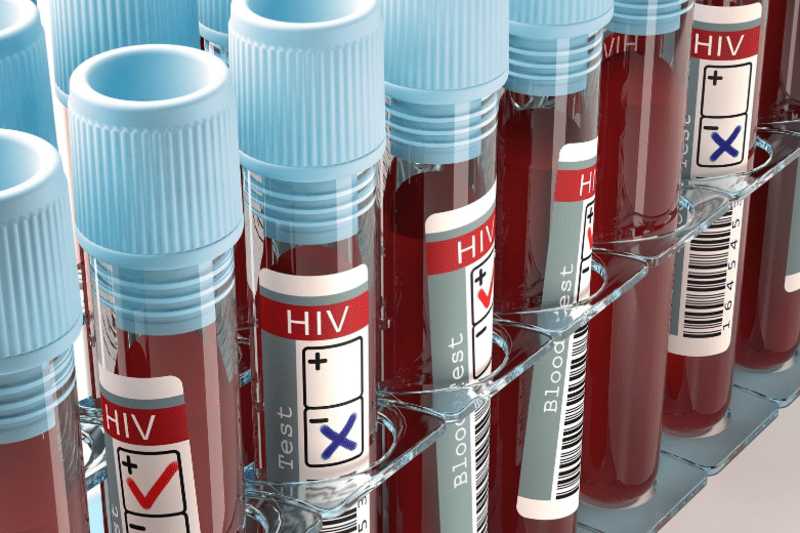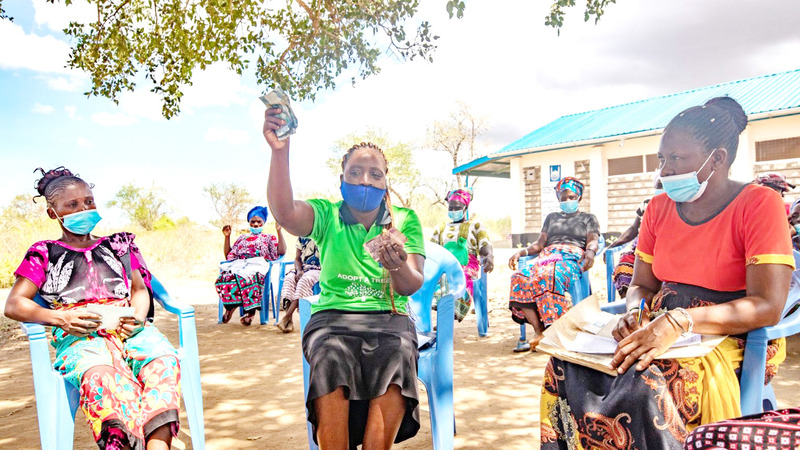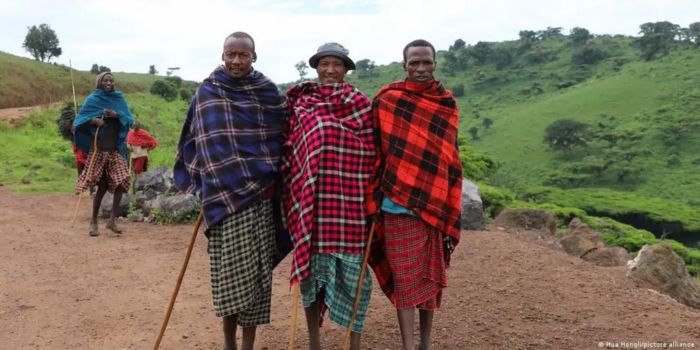Kilifi County records a significant drop in HIV prevalence

By Mishi Gongo |
The report indicated that the overall HIV prevalence in adults both men and women stands at 26,307 while 1,653 children are living with the disease.
Kilifi County has achieved a notable reduction in HIV prevalence, recording a 1.5 per cent drop over the last three years.
This significant decline, detailed in a recent health department report, highlights the success of intensified efforts in testing, treatment, and community sensitization.
Keep reading
HIV prevalence has decreased from 4 per cent in 2021 to 2.5 per cent this year, underscoring the effectiveness of the county's comprehensive response to the epidemic.
The report indicated that the overall HIV prevalence in adults both men and women stands at 26,307 while 1,653 children are living with the disease.
The report also stated that the disease is high among female commercial sex workers, men who engage in sexual activities with other men and drug addicts who use injections.
Kilifi North and Malindi sub-counties reported the highest HIV prevalence among adults, with rates of 3.6 per cent and 2.8 per cent, respectively. In terms of treatment, Kilifi North leads with 7,709 patients on antiretroviral therapy, followed by Kilifi South with 4,114 patients.
The Prevention of Mother to Child Transmission programme has also been a success.
"Out of the estimated 1,153 pregnant women living with HIV, 868 received ARV drugs, achieving a coverage rate of 75 per cent," states the report.
Speaking on Thursday during the Global Fund HIV Grant Programme, organised by the Red Cross, Kaloleni Sub-county Aids and STI coordinator Hussein Dimba attributed the drop to the sensitisation programmes at the grassroots, encouraging residents to test for the disease and continuously using ARVs.
"The drop is as a result of the county's effort to create awareness among the locals on the importance of testing and getting timely treatment," he said.
Regarding the mother-to-baby transition, Dimba stated that the growth of comprehensive care centres within maternity and child health institutions, as well as the resumption of ART adherence group sessions for pregnant and breastfeeding women, were critical to the programme's success.
"We engaged community health workers and mentor mothers for defaulter tracing and enhancing ART adherence. We also conducted training sessions for healthcare workers on updated HIV data collection and reporting tools," said Dimba.
Kenya Red Cross Regional Programme Coordinator Msalem Ahmed said the initiative targeted specific high-risk groups in line with the Kenya AIDS Strategic Framework's goals, which include reducing HIV prevalence and mortality rates and combating stigma and discrimination.
"We have come together as stakeholders to reflect and celebrate the milestone we have achieved for the past three years. The county has recorded a significant drop which is in line with our goals," he said.
Msalem said the programme focuses on young people living with HIV/AIDS, HIV-positive pregnant women to prevent mother-to-child transmission, discordant couples, men in high-risk settings and other vulnerable populations.


















